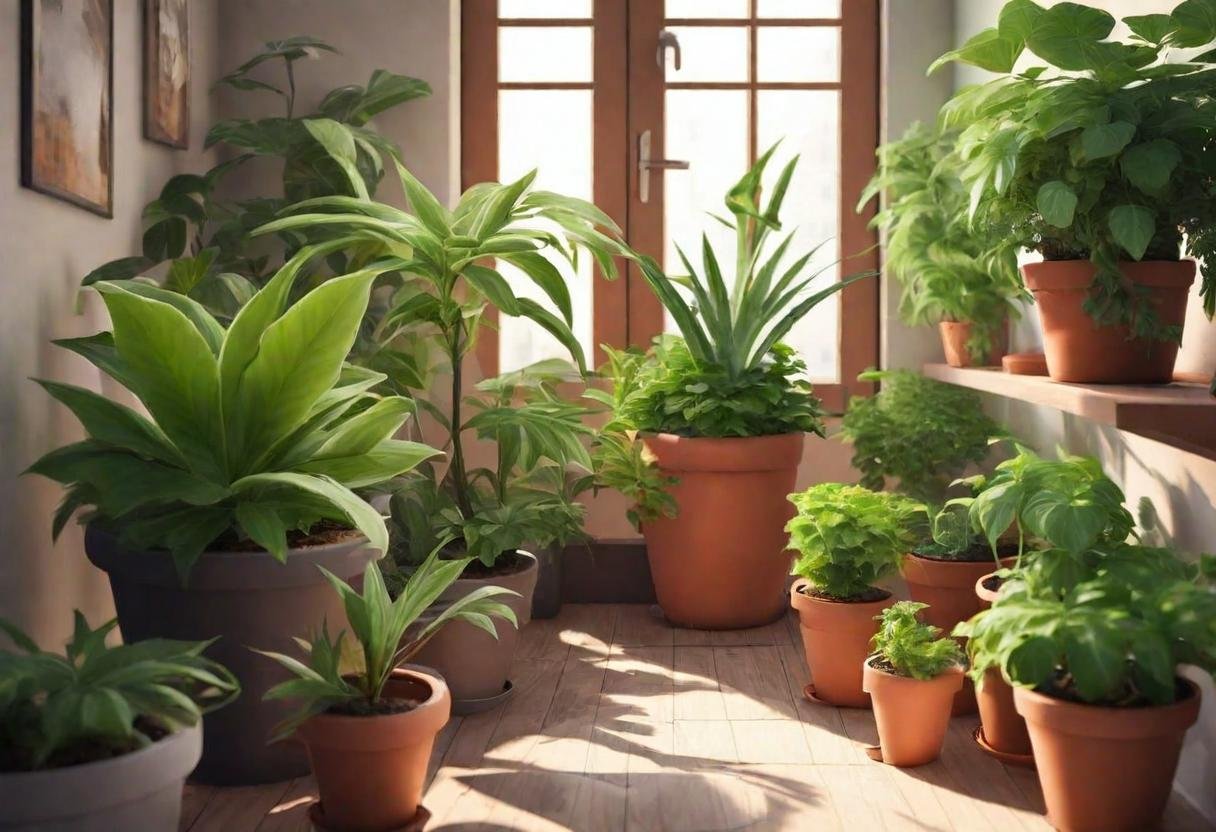Creating a pleasant and productive office environment is essential for both employee well-being and overall work efficiency. One of the simplest and most effective ways to enhance your workspace is by incorporating indoor plants. Not only do these green companions brighten up the office, but they also improve air quality, increase productivity, and reduce stress. But with so many options available, which indoor plants are best for offices? In this article, we’ll explore the top choices and how to care for them, ensuring your office remains a healthy and inviting place to work.
The Benefits of Indoor Plants in the Office
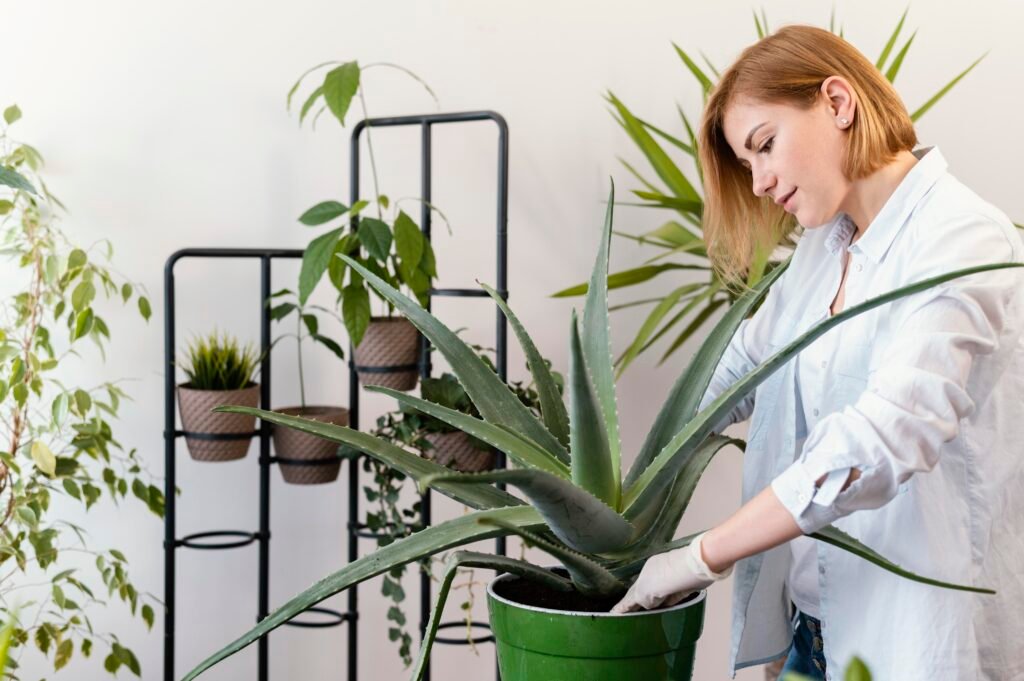
Before we dive into the best indoor plants for offices, it’s important to understand why having plants in your workspace is a great idea. Indoor plants offer a range of benefits that go beyond just aesthetics.
Improved Air Quality
Many office environments are filled with pollutants from various sources, including furniture, cleaning products, and electronics. Certain indoor plants have the remarkable ability to filter out these toxins, such as formaldehyde, benzene, and trichloroethylene, improving the overall air quality in your office. This can lead to fewer headaches, reduced fatigue, and a decrease in respiratory issues among employees.
Enhanced Aesthetics
An indoor plant adds a touch of nature to any space, making it more welcoming and visually appealing. A well-placed plant can serve as a focal point in a room, breaking the monotony of office furniture and creating a more relaxed atmosphere. This not only makes the office more pleasant to work in but also leaves a positive impression on clients and visitors.
Increased Productivity
Research has shown that the presence of plants in the workplace can significantly boost productivity. Employees working in environments with indoor plants tend to be more focused, creative, and engaged. The soothing presence of greenery can reduce stress levels, which in turn leads to better concentration and overall job satisfaction.
Better Humidity Levels
Indoor plants naturally release moisture into the air through a process called transpiration. This is particularly beneficial in offices where air conditioning or heating systems can lead to dry air. Proper humidity levels are essential for maintaining comfort, preventing dry skin, and reducing the risk of respiratory infections.
Top Indoor Plants for Offices
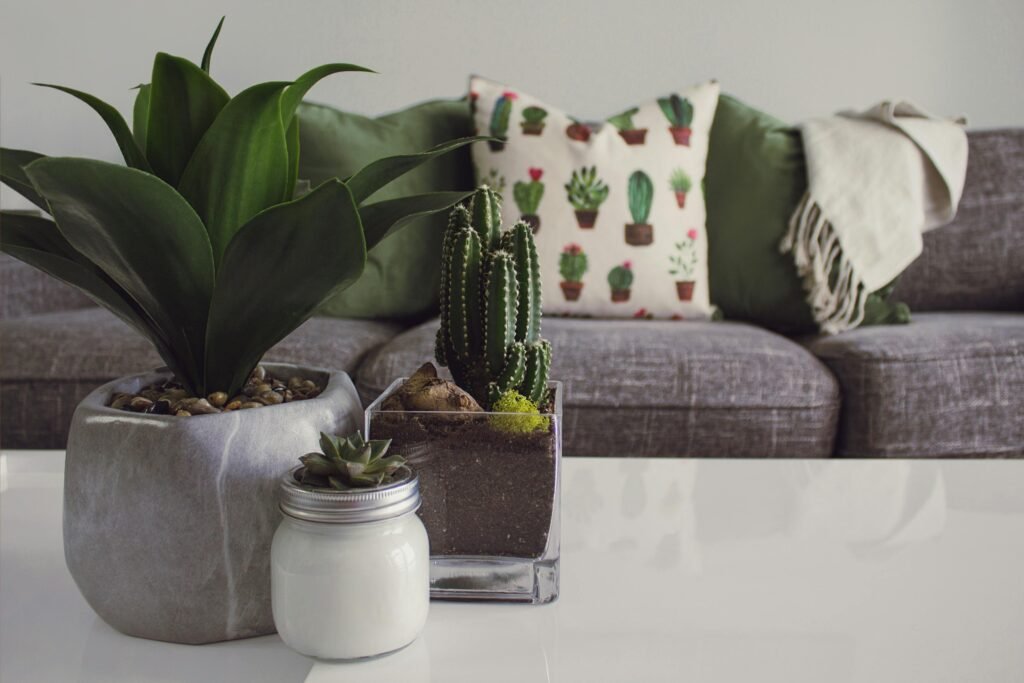
Now that we’ve established the benefits, let’s explore some of the best indoor plants for offices. These plants are not only resilient and easy to care for but also thrive in the typical conditions found in many workplaces.
1. Snake Plant (Sansevieria)
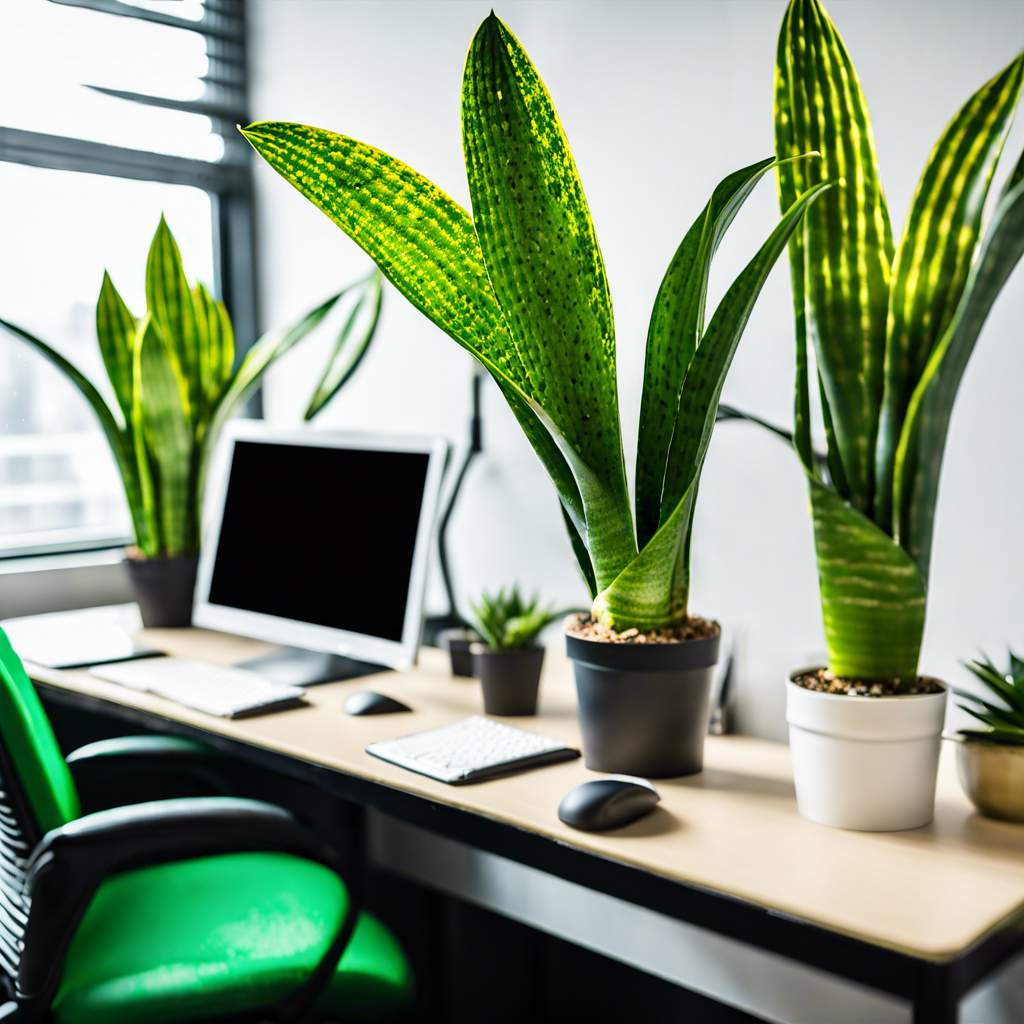
The Snake Plant, also known as Mother-in-Law’s Tongue, is a top choice for office environments. This indoor plant is incredibly tough and can survive in low light conditions, making it perfect for offices with limited natural light. It requires minimal watering, only needing a drink every few weeks, and is known for its air-purifying qualities. The Snake Plant is particularly effective at filtering out formaldehyde, which is commonly found in office furniture and cleaning products.
2. ZZ Plant (Zamioculcas zamiifolia)

The ZZ Plant is another hardy indoor plant that thrives in low light and requires very little maintenance. It has thick, waxy leaves that store water, allowing it to survive long periods without watering. This makes it an ideal choice for busy office environments where regular plant care might be overlooked. The ZZ Plant also helps improve indoor air quality by removing toxins and pollutants from the air.
3. Pothos (Epipremnum aureum)
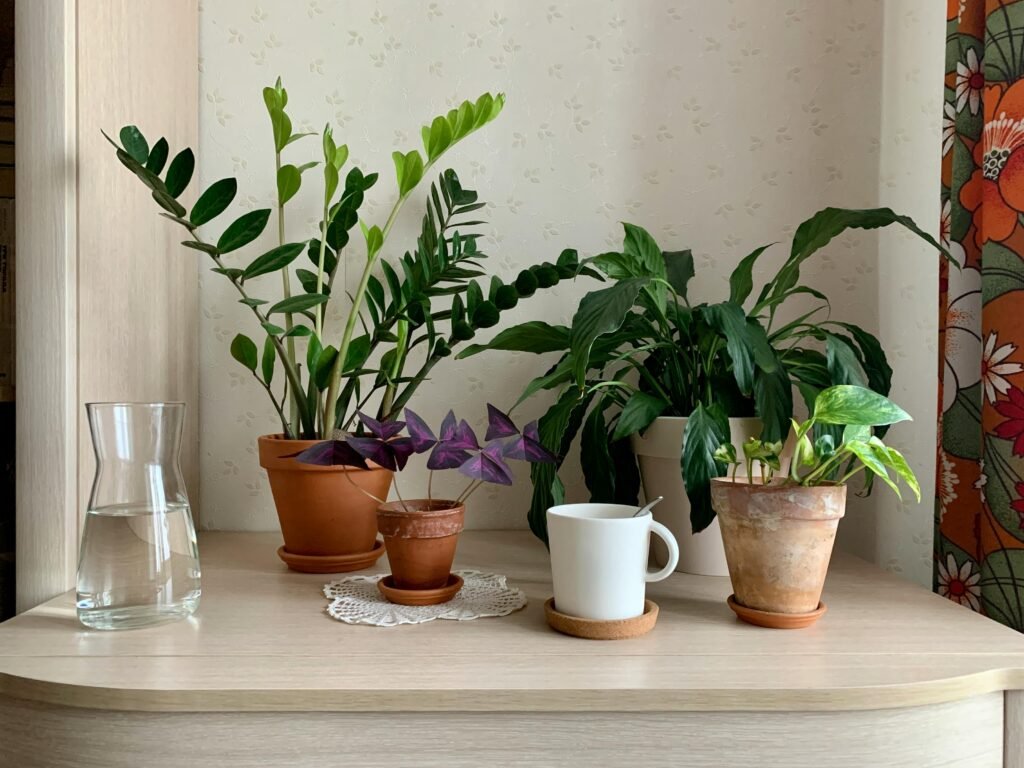
Pothos, also known as Devil’s Ivy, is a versatile and attractive indoor plant that’s perfect for offices. It’s easy to grow and can thrive in a variety of light conditions, from low to bright indirect light. Pothos is also known for its air-purifying abilities, particularly in removing formaldehyde, benzene, and xylene from the air. Its trailing vines can be trained to grow around office furniture or placed in hanging baskets, adding a touch of greenery to any workspace.
4. Spider Plant (Chlorophytum comosum)

The Spider Plant is a popular indoor plant known for its long, arching leaves and small, white flowers. It’s incredibly easy to care for and can thrive in both low and bright light. Spider Plants are excellent air purifiers, particularly effective at removing carbon monoxide and xylene, making them a great addition to any office. They also produce “pups” or baby plants, which can be propagated and shared with colleagues, spreading the benefits of indoor greenery throughout the office.
5. Peace Lily (Spathiphyllum)

The Peace Lily is not only a beautiful indoor plant with its glossy leaves and white flowers but also a powerful air purifier. It thrives in low light conditions and requires minimal watering, making it an excellent choice for offices. Peace Lilies are particularly effective at removing common office pollutants such as formaldehyde, benzene, and ammonia from the air. In addition to its air-purifying qualities, the Peace Lily also increases humidity, which can be beneficial in dry office environments.
6. Aloe Vera
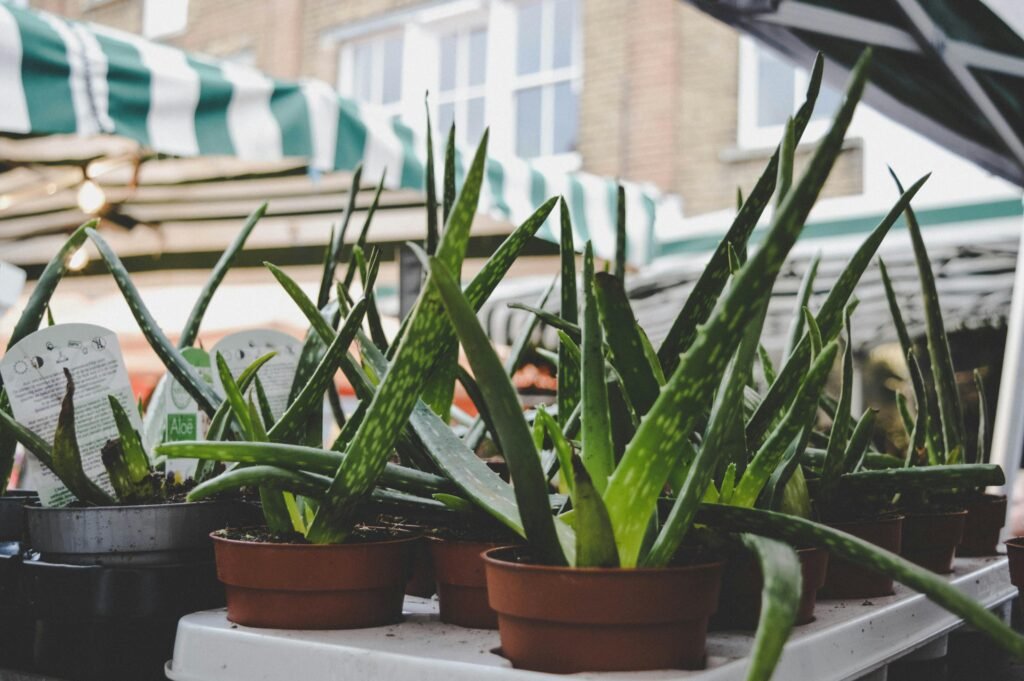
Aloe Vera is a well-known indoor plant, prized not only for its medicinal properties but also for its ability to improve air quality. It’s a low-maintenance plant that thrives in bright, indirect light and requires infrequent watering. Aloe Vera can help filter out formaldehyde and benzene, common in office environments. Additionally, the gel inside its leaves can be used to treat minor burns and skin irritations, making it a useful plant to have on hand in the office.
Tips for Caring for Office Plants
While the indoor plants mentioned above are relatively low-maintenance, it’s still important to care for them properly to ensure they thrive in your office environment.
Watering Tips
Overwatering is a common mistake with indoor plants. It’s better to underwater than overwater, as most office plants prefer their soil to dry out between waterings. Be sure to use pots with drainage holes to prevent water from pooling at the bottom, which can lead to root rot.
Lighting Considerations
While some plants can survive in low light, they still need some exposure to indirect sunlight. If your office lacks natural light, consider using artificial grow lights to supplement their needs. Position plants near windows or under skylights whenever possible to maximize their light exposure.
Choosing the Right Pot
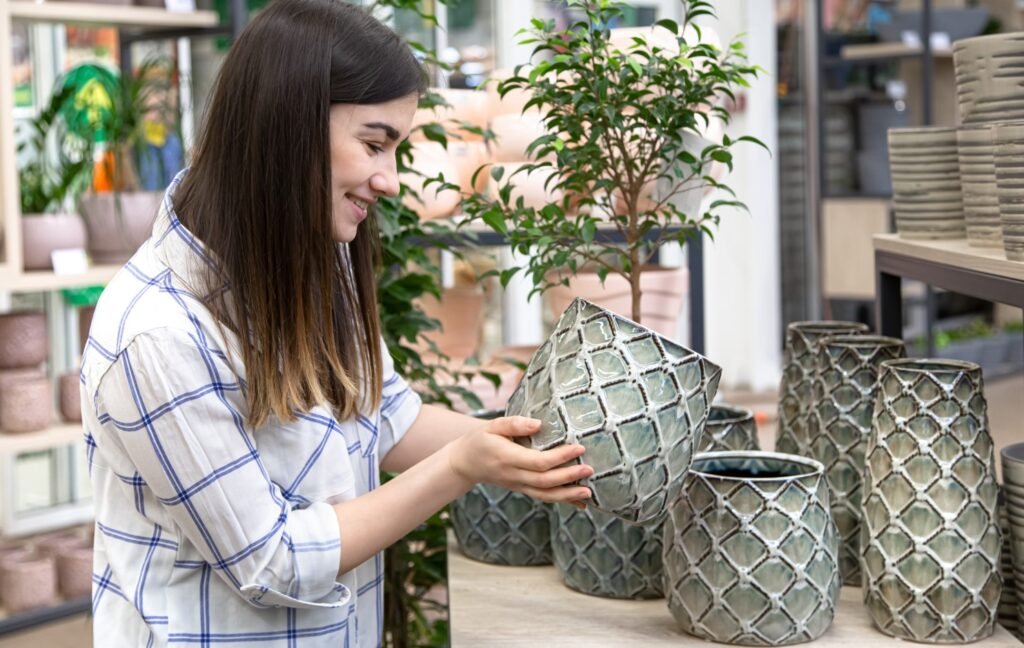
The right pot is essential for healthy indoor plants. Ensure that the pots you use have drainage holes and are the appropriate size for the plant. A pot that’s too small can restrict root growth, while a pot that’s too large can hold too much water, leading to root rot.
Dealing with Office Air
Office air can be dry, especially in air-conditioned environments. To combat this, you can mist your plants occasionally or place a tray of water near them to increase humidity. Grouping plants together can also create a microenvironment with higher humidity levels.
Conclusion
Lorem ipsum dolor sit amet, consectetur adipiscing elit. Ut elit tellus, luctus nec ullamcorper mattis, pulvinar dapibus leo.
Post Views: 181



